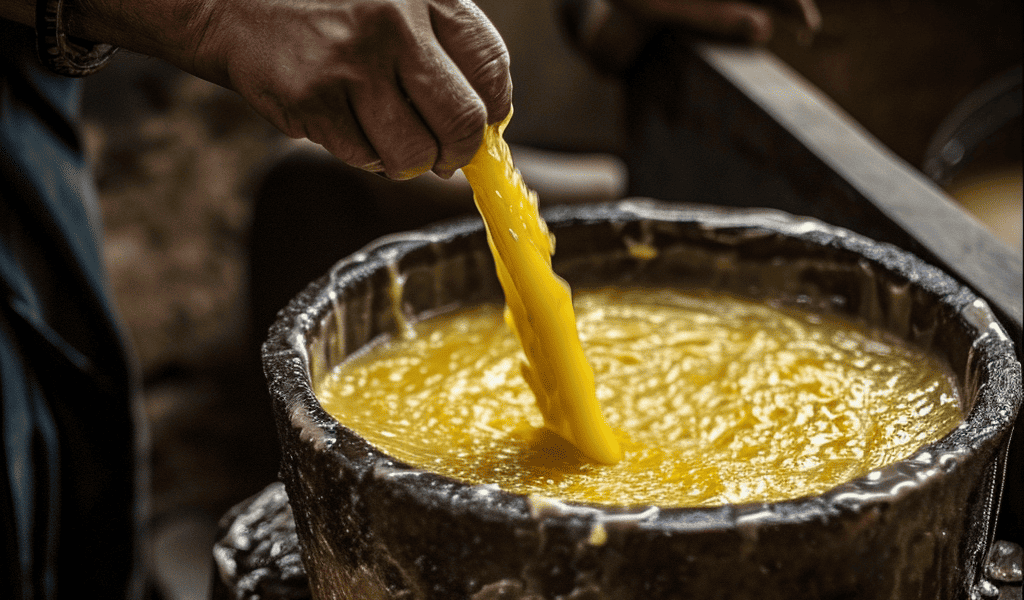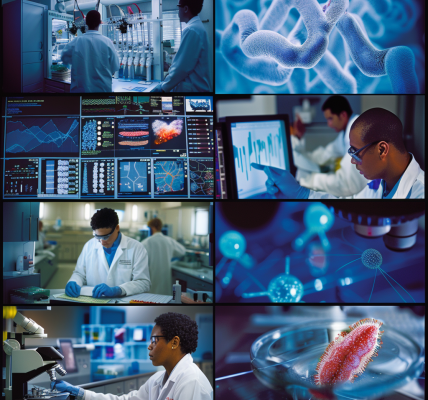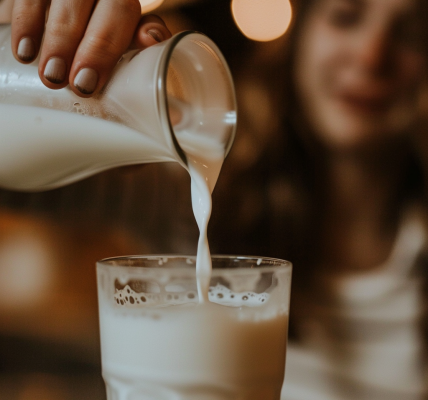In the ever-evolving dairy industry, a relentless fight is underway to combat the adulteration of ghee, a cherished traditional ingredient esteemed for its health benefits and rich cultural significance. The widespread issue of adulteration jeopardizes the purity of ghee by introducing harmful substances such as vegetable oils, animal fats, and synthetic compounds. This not only poses a direct risk to consumer health but also undermines the credibility of dairy businesses, casting a shadow over their reputations.
Historically, the dairy industry has relied on tests like the iodine value test and the Reichert-Meissl value test to detect adulteration. However, these methods have proven to be inadequate due to their lack of sensitivity in detecting low levels of impurities and their time-consuming nature.
Amid these challenges, the industry is witnessing a significant shift towards advanced analytical techniques. Chromatography, spectroscopy, and DNA-based verification methods are increasingly being embraced. These sophisticated methods provide real-time, precise results, empowering businesses to effectively identify and address adulteration.
This proactive approach underscores the dairy industry’s commitment to preserving the authenticity and quality of ghee. By investing in modern detection techniques, the industry is not only combating adulteration but also fostering lasting relationships built on transparency and trust. The dedication to upholding the purity of ghee serves as a testament to the industry’s unwavering commitment to safeguarding its essence for future generations, emphasizing integrity as a pivotal value for the dairy sector.





